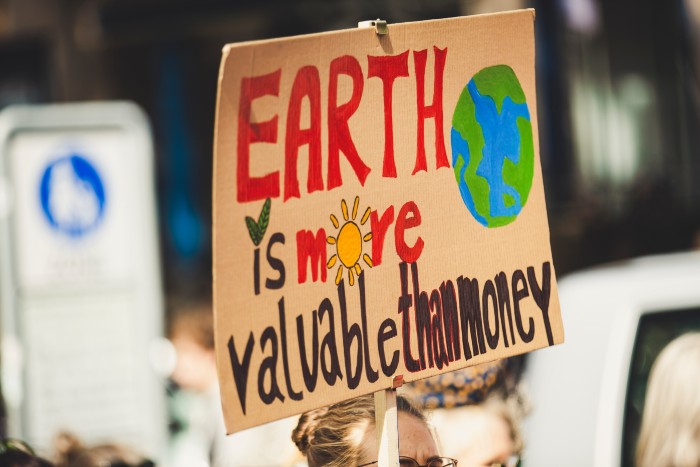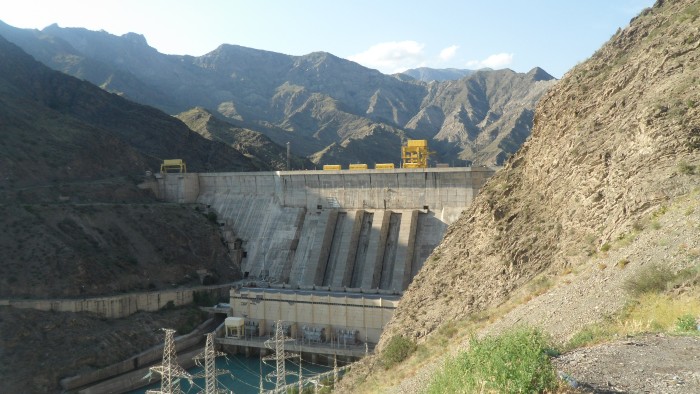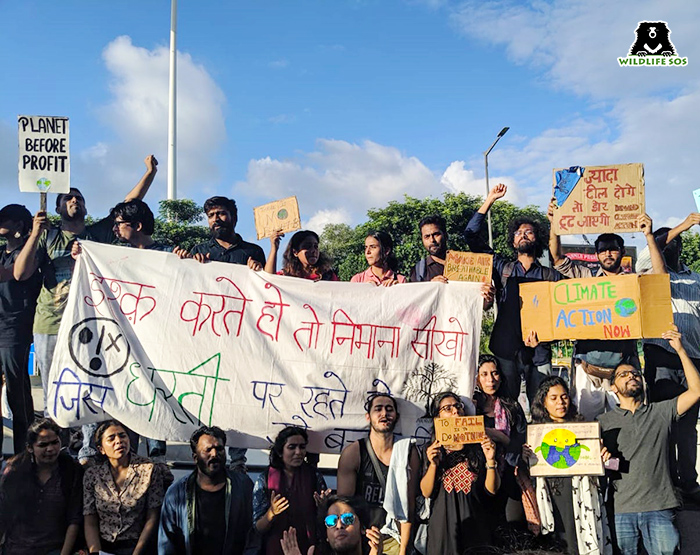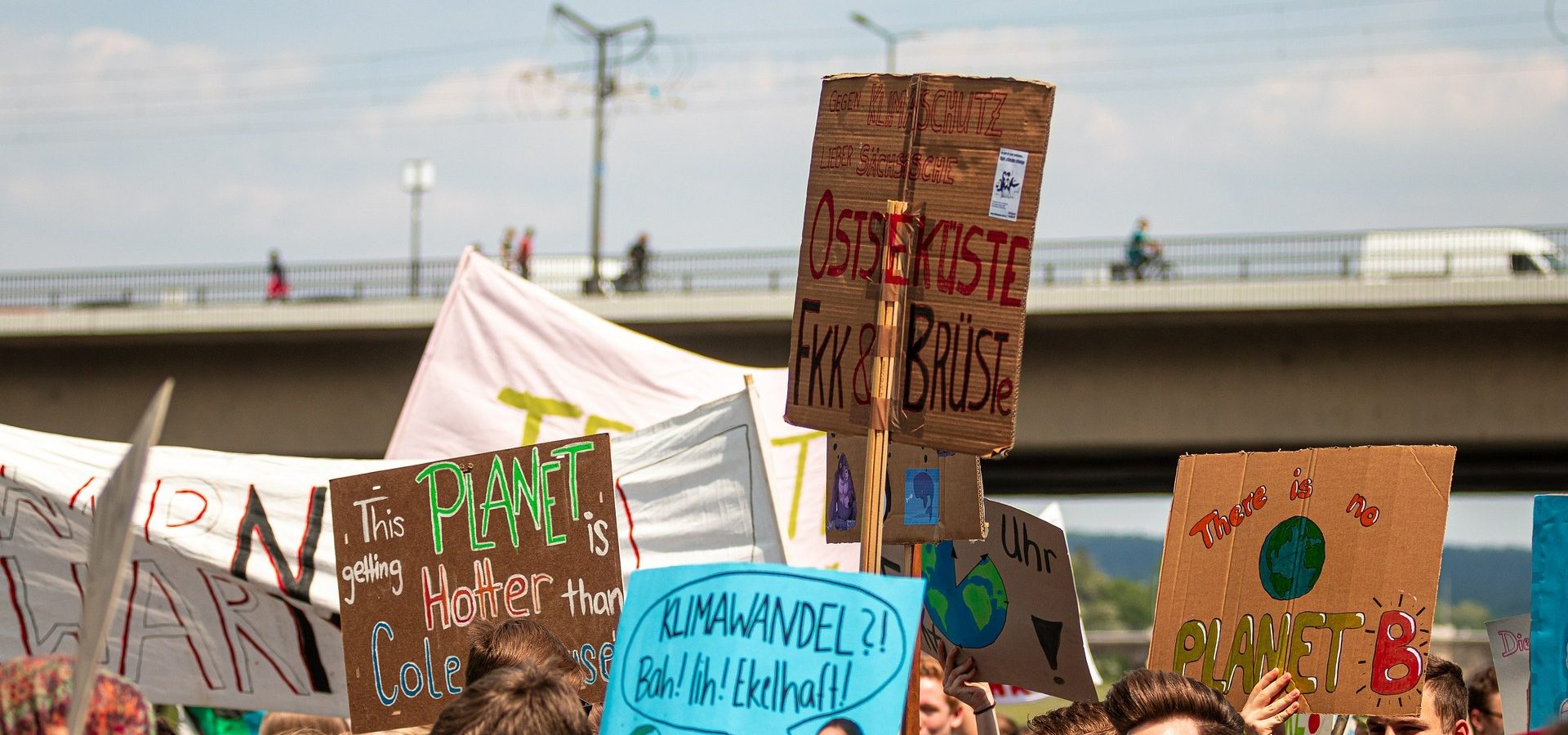Social movements are an indicator of collective activism, and they reflect the need to bring about change in the face of injustice. They contribute greatly to the well-being of democracy; the presence of social movements showcases that there are citizens ready to bring the state’s attention to what’s right, and work towards improving the nation. India has witnessed a plethora of social movements— those that meant to fight for our freedom, those to bring about change in the face of caste discrimination, protests against corruption and the ones that highlight the safety of women. Many have been successful, while others still continue with people fighting for their rights. In the midst of this all, India has also hosted a fair share of environmental movements, wherein people have been determined to protect the flora and fauna around them. The Chipko Movement, Save Silent Valley Movement, and Narmada Bachao Aandolan are among various others that shaped the future of environmental movements in the country. Every single movement, whether it gained remarkable attention or was a valiant attempt, has shown that there are people willing to fight for India’s nature and wildlife.

The Chipko movement of the early 1970s was a non-violent and silent protest led by the rural women in Uttarakhand. Their mission was to fight against the merciless cutting down of trees for commercial purposes. The villagers in the area, who were dependent on these trees, were denied access to the lumber they needed for their agricultural and subsistence. However, a large sports company was given access to the same plot of trees to cut arbitrarily. Enraged, the villagers rushed into the forests and hugged the trees to prevent the contractors from axing them down. This tactic spread like wildfire, with locals hugging the trees in their surroundings to prevent deforestation and ban commercial logging. To this day, non-violent yet powerful tactics like this one are used in environmental movements.
The Chipko movement kick-started many environmental movements in India. Further down south, in the Palakkad district of Kerala, an environmental movement by the name of Save Silent Valley Movement unfolded as the Planning Commission approved the building of a dam across the Kunthipuzha River in 1973. The Silent Valley is a moist, evergreen forest that is home to various rare birds, reptiles and mammals. The Kerala People’s Science Movement, a group of school teachers and locals who aimed at spreading environmental conservation awareness, brought to light the fact that this dam would only minutely impact the development of the region, and would lead to the loss of various species that thrive there. They questioned if the sacrifice of thousands of years of evolution was worth the minimal benefits it would bring.
Citizens of the country began taking note of developmental projects that might harm the environment. A well-known movement that followed was the Narmada Bachao Aandolan. It was started in 1985 to protest against a number of large dams being built across the Narmada river. This movement was an amalgamation of environmentalists, tribal rights activists and scientists who pointed out various shortcomings of the state’s “development” plans. Though the project aimed at providing water to dry parts of Gujarat, Madhya Pradesh, and Maharashtra, it required various tribal groups and villagers to be displaced and forest lands to be submerged.

The state promised proper rehabilitation and resettlement, but people were doubtful of these assurances. Tribal activists were fighting for an answer to the question of why commercial development should involve a sacrifice by tribal groups. Environmentalists asked why precious animals and forests were being treated as expendable in these critical times. Though this movement lasted for a long time and brought more scrutiny to large-scale dam projects and their consequences, the construction of this dam could not be stopped. Medha Patkar and Baba Amte led the movement sparked by those who were going to be directly affected by the ill consequences of the dam. The fight for tribal rights and proper compensation to the people who were unfairly removed from their native land still continues.
In many protests and environmental movements, tribal folk are at the forefront, fighting to protect the flora and fauna of the region. They depend on these resources for their livelihood and therefore possess intimate knowledge about each species. They understand the dire need to preserve them. The Jungle Bachao Aandolan of the 1980s was a grassroots movement started by the tribals in Singhbhum District of Bihar (now in Jharkhand). It began as a revolt against the government’s decision to replace the native Sal forests of the region with commercially useful teak plantations. Jharkhand has been home to tribal mobilisation multiple times.
The increasing number of environmental movements owes itself to the spread of education. At a global level, some events contributed greatly to environmental awareness, such as the report of the Brundtland Commission titled ‘Our Common Future’ and the United Nations Conference on Environment and Development, also known as Earth Summit 1992. These put forth the topic of the environment in a space that had been purely political, and even brought it to mainstream conversation.
Nowadays, voices of the youth and tribal activists are challenging policy decisions that threaten our environment. Greta Thunberg is arguably one of the most well-known child activists, who started a movement at the age of 15 by protesting outside the Swedish parliament every Friday to initiate climate action. Soon, various other students joined in to organise a climate strike movement called “Fridays for Future”. This youth movement has now spread across more than 120 countries.

There are several indigenous activists like Yurshell Rodríguez, Archana Soreng, Gift Parseen and Quannah ChasingHorse, who are actively working to bring to light the voices of people caught in the calamities of climate change. Their work has been invaluable for the tribals and has encouraged many others to take notice of environment-oriented topics.
On the one hand, we see the youth focus more on climate issues by becoming aware about environmental conservation. On the other hand, the uncompromising growth of multinational corporations is plundering the environment. The side effect is “ecophobia”: a feeling of helplessness faced by many in the face of climate change. That is where social movements come in. Social movements are important because they bring together people who feel powerless to stop certain events happening around them and give them the opportunity to help themselves through collective action.
An important aspect of environmental movements is that they bring forth people from various facets of life, who may differ in terms of gender, religion, class, caste and occupation. In such movements, you see people like tribal rights activists, scientists, animal lovers and academics join forces to protect the wildlife. Another common thread binding these movements is that they are started by people who are at a grassroots level, and not by those who have authority or capital. The success of these movements depends on collective activism, meaning that anyone can start a movement that everyone can join!
So the next time you notice a local protest, a plantation drive, a call for volunteers at your local animal shelter, or even a conference being held on climate change, we urge you to think of their endeavour, and how that can positively affect our planet.





